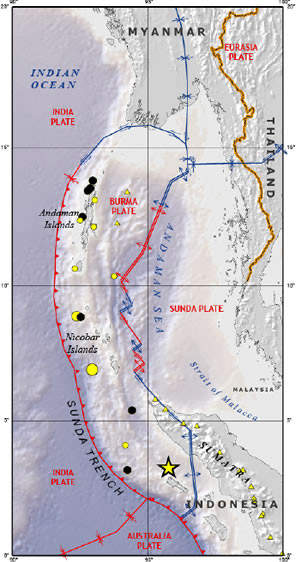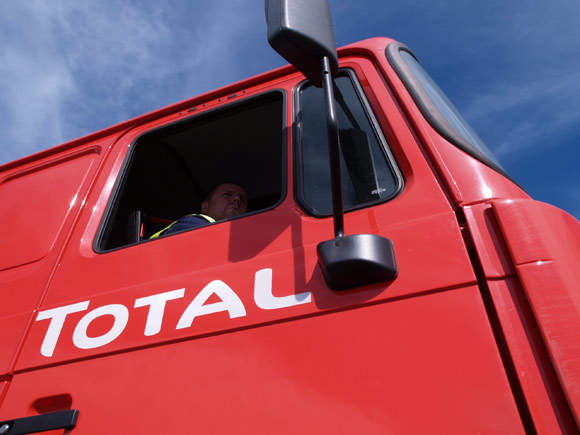Situated in the Andaman sea, the Yadana gas field is around 60km offshore from the nearest landfall in Myanmar. The project has been developed in partnership with local communities and western oil companies with the objective of involving local communities and protecting the environment.
The project consisted of developing offshore as well as onshore facilities. Platforms and subsea gas pipelines have been developed offshore. For onshore support, a land pipeline and a control and maintenance centre along with a gas metering station have been developed.
Total S.A. (Total), the gas field operator, is engaged in the development of Yadana offshore field and transportation of gas from the production unit to the Thai border.
Discovery and field development
With the gas discovery in 1980, the Yadana gas field development was divided into three phases. Phase 1 (1992 -1994) started with a technical survey of the field to check for the feasibility of the project.
Total and MOGE (Myanmar Oil and Gas Enterprise), a state owned company, entered into the contract for developing the field in 1992. The reserves at Yadana were confirmed in 1993 and further gas sale negotiations were initiated with the Petroleum Authority of Thailand (PTT).
The first filed survey was conducted in 1994 for exploring options for a land pipeline route. During 1995, contract for supplying gas to Thailand was signed with PTT. As per the production sharing contract, MOGE exercised its option to take a 15% stake in project in 1997. During the same year, the land pipeline was laid.
Phase two included the construction and design of production facilities and transmission by the Moattama Gas Transportation Company (MGTC). Under phase three, the gas was produced by partner companies and transmitted by MGTC. Supply of gas from Yadana to Myanmar domestic market begun in 2001.
Infrastructure
The oil field has two well-head platforms consisting of seven wells. It has one accommodation platform and one production platform. Other offshore facilities also include a 346km subsea pipeline and a 63km onshore pipeline connecting through the Tenasserim district to the Thai border.
In December 2007, a manifold compression platform was also installed for an initial project development plan ensuring targeted gas production levels and timely delivery of gas.
Pipelines
The project has a 409km onshore gas pipeline operated by Total in the Myanmar territory, in addition to 240km in Thailand owned by PTT Plc.
The offshore pipeline of the project is 65km on land, covering the point from where the subsea gas pipeline emerges onto dry land at the Daminseik and the Thai frontier.
Furthermore, the pipeline is connected to the gas grid for supplying gas to Thailand’s Ratchaburi and Wang Noi electric power plants in the Bangkok region.
Production
The production facilities became fully operational during 1998 and production began at the end of 1998. The field was then producing 525 million cubic metres per day.
During 2007, the average output from the field was 760 million cubic feet of gas per day. Out of total output, around 660 million cubic feet (mcf) per day was being supplied to PTT and remaining to Myanmar.
Major investors
The investors group for Yadana gas field consist of two western group oil companies and two local national corporations.
The project’s operator, Total, took responsibility for the surveys, technical choices, construction of the infrastructure and operating them during its production phase, through its subsidiary in Myanmar.
Under the conventional production sharing contract, the four investors include Total (31.2%), Unocal Corporation, a subsidiary of Chevron (28.3%), PTT EP (Petroleum Authority of Thailand – Exploration & Production: 25.5%), and MOGE (Myanma Oil and Gas Enterprise: 15%)
The project involved an investment of around US $1bn. The total investment included US $600m for the pipeline and the remaining for offshore installations.
Socioeconomic impact
Gas supply from the Yadana field meets around 15-20% of Thailand’s demand for gas. The project has played a vital role in establishing long-term socioeconomic relations between the two countries and improves the regional integration of Myanmar.
The project has provided employment to around 2,500 personnel during its construction period and 800 jobs in the operating phase. About US $11m was spent on training the workers.
The socio-economic programme was undertaken in 1995 on the onshore site to ensure sustainable local development. The company has spent US$ 14.02m in the programme since 1995 and US$1.77m in 2007 alone.




